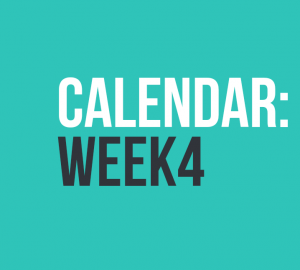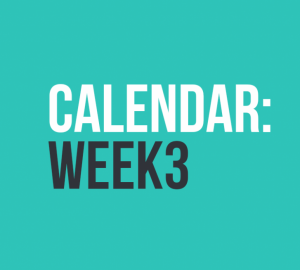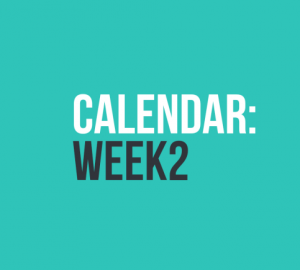
The next time you go in for a job interview, instead of handing them a folder of your work, you could be showing them your online portfolio. SCAD alumnus Daniel Barnes graduated in spring 2008 with a B.F.A. in computer animation. He created a website, Daniel in 3D, for his senior project. Since graduating, his online portfolio has been an efficient way to share his work with possible employers. Barnes has freelanced and also worked as an animator and designer for Artistic Image.
“Online portfolios are dynamic and instantaneous. It can be updated without the extra steps of going to print,” Barnes said. The only drawbacks he said were that for design and print majors, quality of paper and craftsmanship don’t always translate well in pictures. He recommended sending a link to the online portfolio as well as print samples, if your finances allow.
Barnes said a good online portfolio has three key elements: simplicity, clarity and memorability. He also recommended keeping the fancy bells and whistles to a minimum. “Let your work shine. It should say, ‘This is my online portfolio.’”
Barnes advised setting up the site with viewers in mind. You know how to navigate your site, because you created it, but if your website is convoluted, viewers may get lost. “Do not make them wait, and do not make them think too hard,” Barnes said.
If you’re not computer savvy, Barnes advised talking to someone who knows more about creating websites. “Chances are they know the short cuts and resources for the majority of us who are HTML-challenged,” Barnes said.
For more help, look at successful, creative professionals’ sites and let teachers and friends critique your work. Barnes knows that feedback is beneficial. When he first made his site, peers told him to simplify, and he took their advice. Since then, he has gotten a thumbs up from interviewers.
Once your website is running, the wait time for a job after graduation can be long, sometimes more than a year. Barnes said it’s important to stay current and updated by adding to your site any time you create new pieces. He also recommended putting the website URL in the bottom corner of anything that you create. It’s an effortless way to guide people to more of your work. “[It can] get an email or two in your inbox,” Barnes said.



























